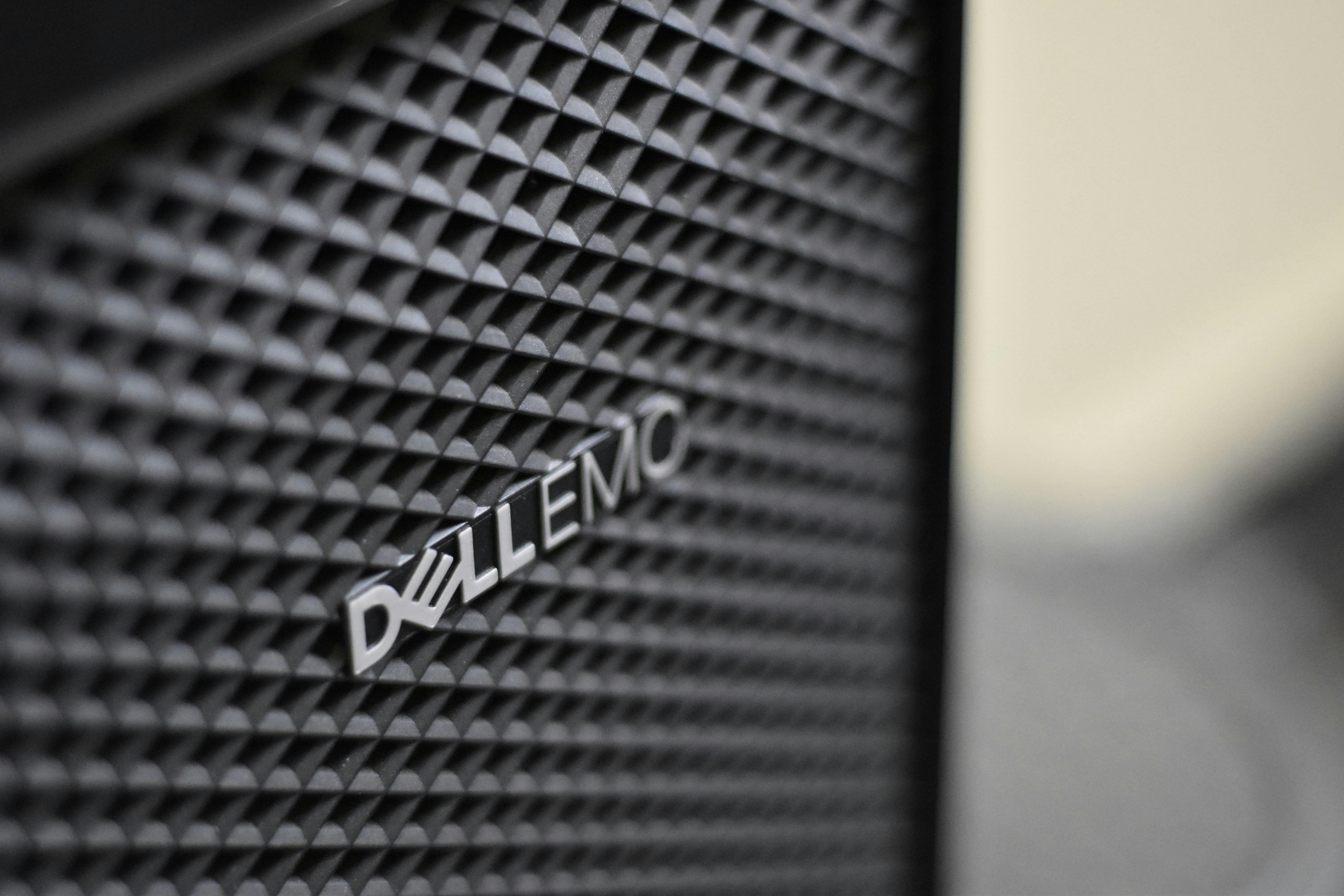來源:[1] GDS控股(NASDAQ:GDS)前景看好的收益可能建立在薄弱基礎上 (https://finance.yahoo.com/news/gds-holdings-n ...)[2] GDS公布2025年第二季度業績 | GDS控股有限公司 (https://vertexaisearch.cloud.google.com/groun ...)[3] 物產中大集團股份有限公司(SHSE:600704)的利潤似乎存在質量問題 - Moomoo (https://vertexaisearch.cloud.google.com/groun ...)
